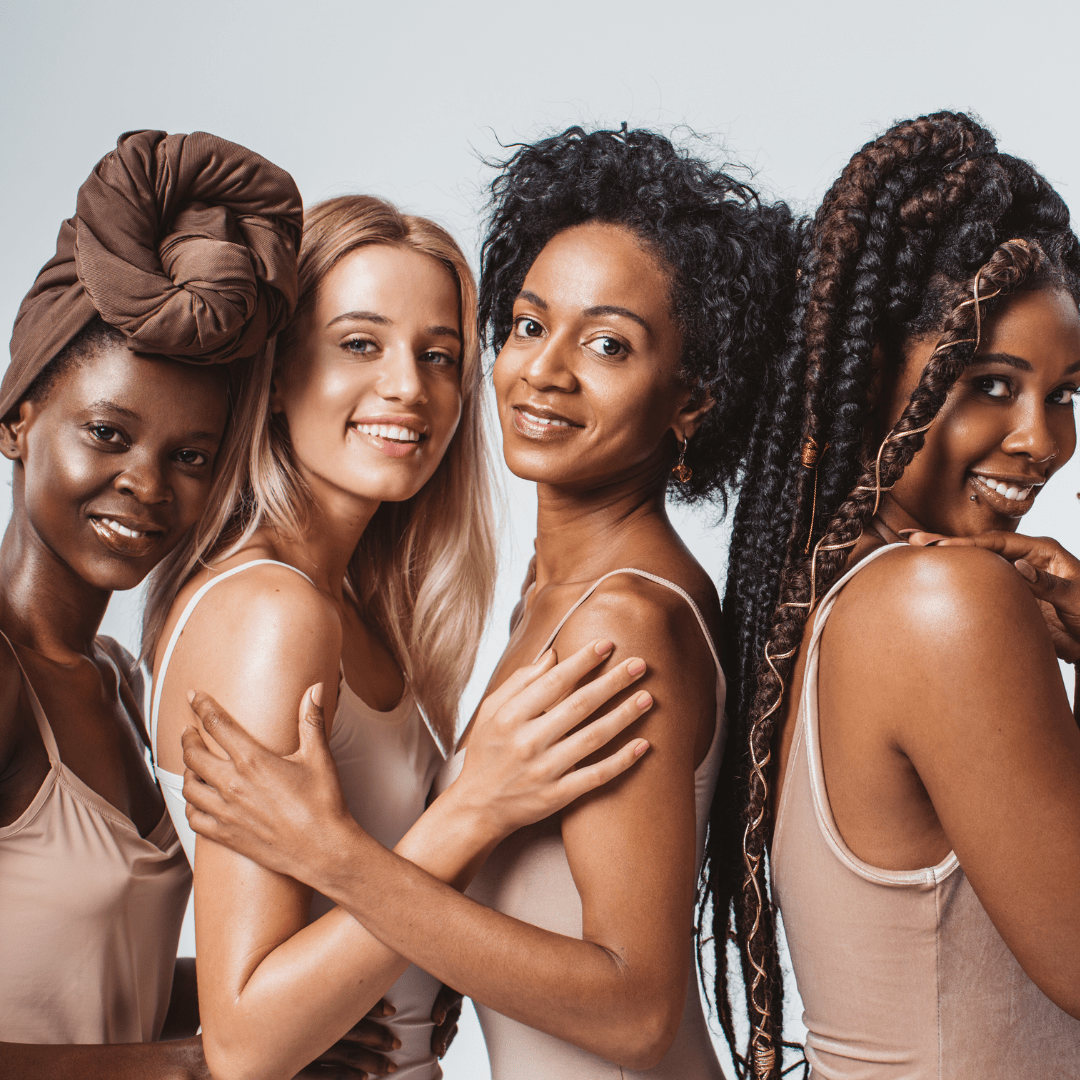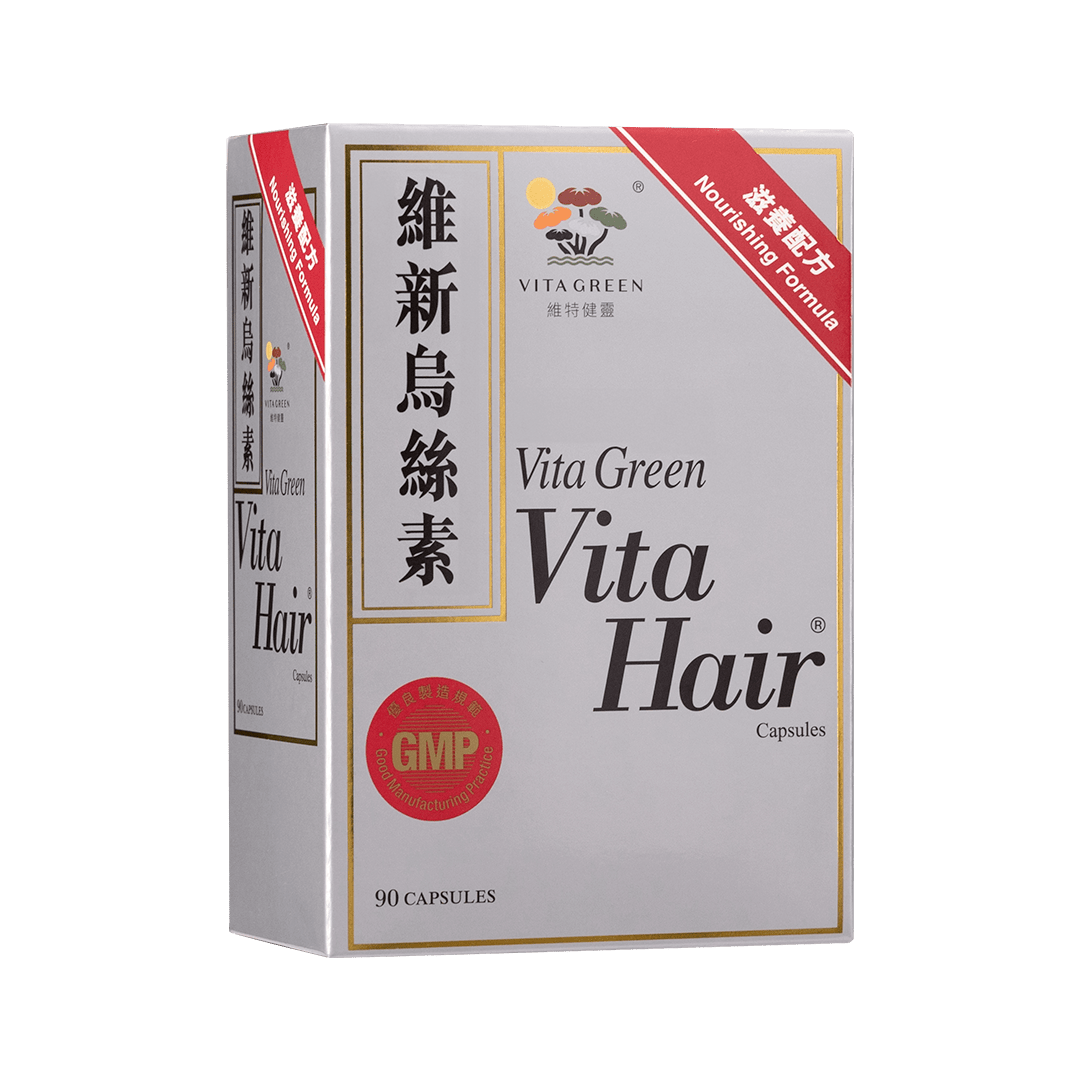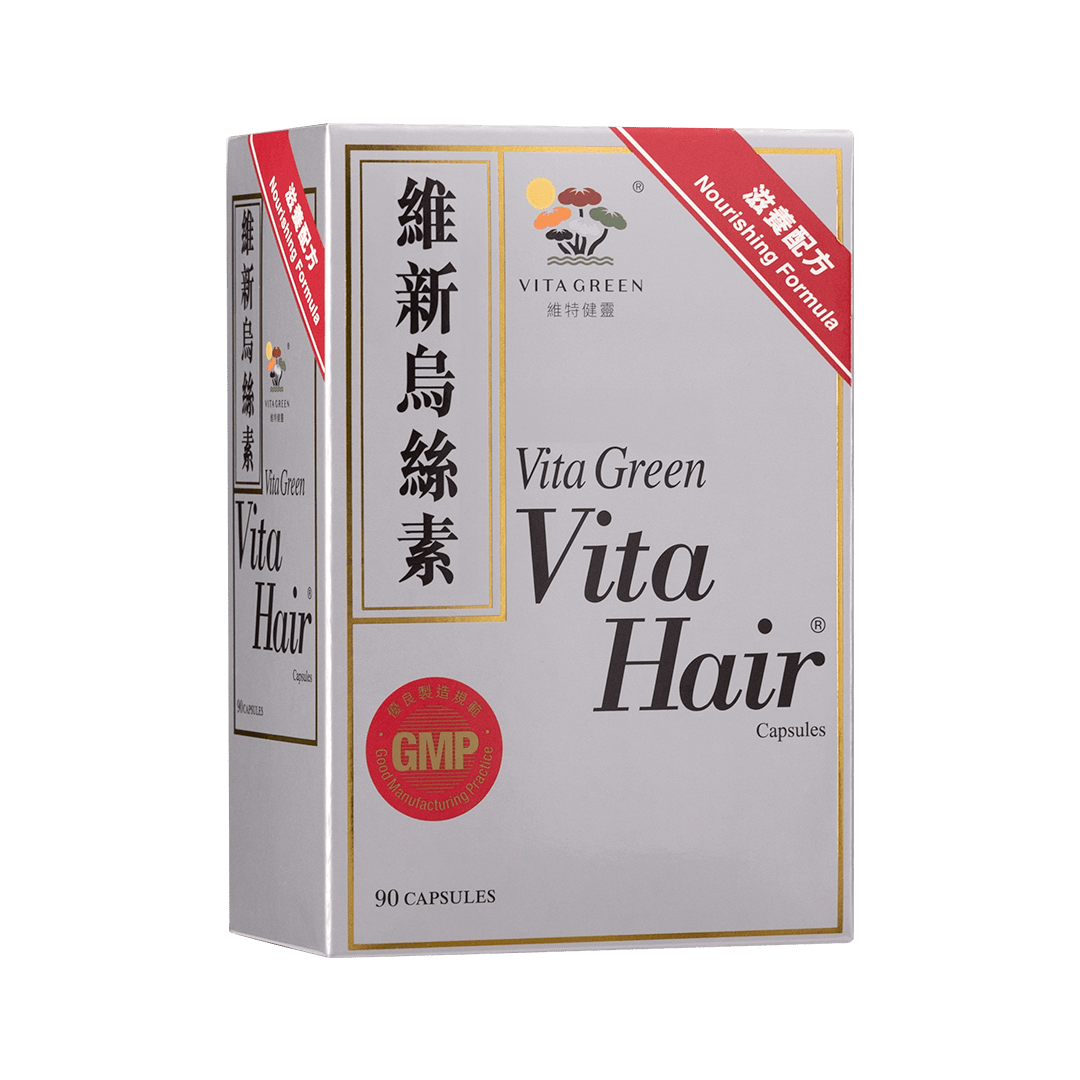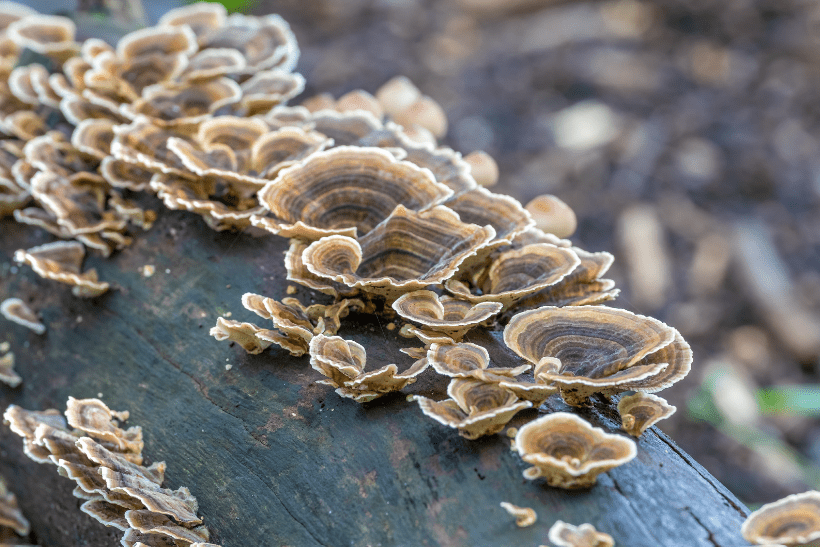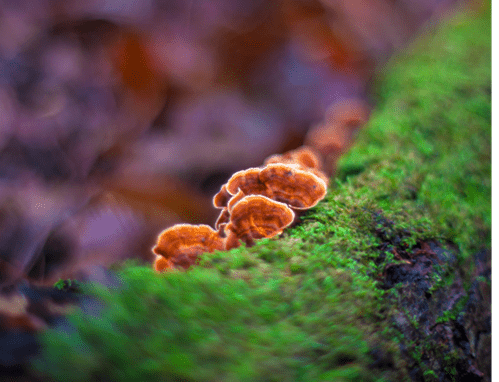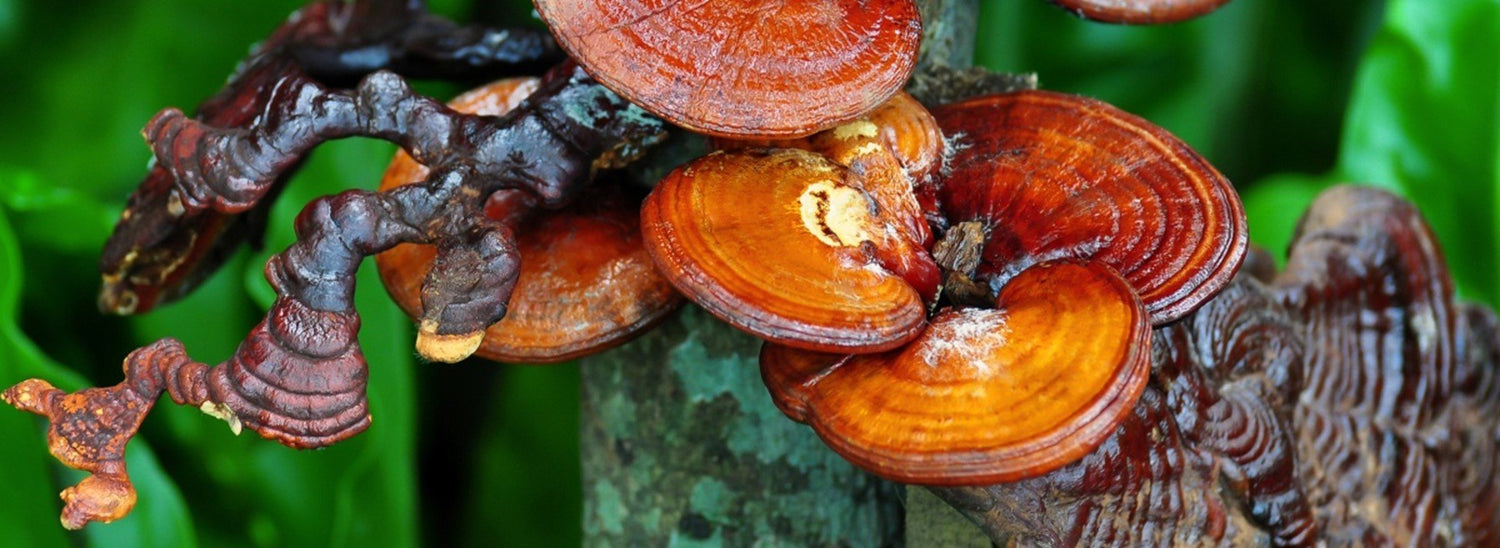Whether you have thin or thick hair, straight or wavy, one thing is for sure: everyone's hair type and width are different. Just like with skin types, there are a variety of factors that contribute to what your specific hair type is. While we may all want to have thick, voluminous hair, not all of us can achieve that look. Some of us have very thin hair, and no matter how much we try to make it thicker, it just doesn't seem to grow any wider. But other factors can determine your unique hair type, this includes the thickness, diameter, porosity, wetness, and curl pattern of your hair. The better we understand our hair, the easier it will be for us to take care of. The question“ what's your type?" can determine what your hair truly needs. So, what's the best way to care for your unique hair type? Keep reading to find out!
How to Identify Your Hair Type
For several years, specialists have tried to evaluate the fundamental characteristics of human hair, such as its hair type, width, and color. Concerning hair shape and type, previous anthropological research on hair form has highlighted its variety within and between people 's ethnic groupings. Numerous studies have identified three ethnic human subgroups: African, Asian, and Caucasian (PharmD,2007). Your hair type is determined by genetics and primarily based on your hair's curl pattern. The amount of curl in your hair is determined by your hair follic let 's go . The shape of your follicle determines whether your hair type : is straight, wavy, curly, frizzy, coily, woolly, or helical (PharmD,2007) this means the more round or asymmetrical your follicle is, the curlier your hair will be. People often change and alter their curl pattern by hormones or by using heat, treatments, and chemicals but those genetic trails will reassert each time your hair goes throughout its growth phase.
Hair structure can differ from fine, medium, and coarse. According to the World Trichology Society (WTS) , some people's hair is finer than others. WTS states that as people age this could affect their hair fibers to get thinner and shorter.
Andre Walker, Oprah's hairstylelist, developed a broad-spectrum hair classification system that categorizes different hair textures and classifies each hair type into four categories with additional subcategories. A hair type system in hair curl patterns ranges from one, which is straight, to four , which is curled. Each category contains subcategories depending on the thickness of the wave, curl, or coil (A to C).


Four Hair Type To Style And Care For
Type 1: Straight Hair
Straight hair (Type 1) is straight and natural curls do not occur, individual strands may be fine or coarse, thick, or thin, yet they fall from root to tip without waving. Hair types are often determined by the type of scalp they have Type 1 is straight hair that doesm. Difficult to style in different ways becauce this type of hair scalp sebum travels quickly from the scalp to the ends, making it the easily greasy and hardest to style
- 1a - Stick straight and fine, no wave or curl
- 1b - Straight with more volume than 1A
- 1c - Straight with body wave and a couple of visible S-waves

Type 2: Wavy Hair
Wavy hair (Type 2) is naturally wavy and has an "S" shape. It is thicker than Type 1 hair and may be described as a combination of straight and curly hair. It is not as greasy as Type 1 due to its subtle texture and form, but it is more prone to frizz than straight hair. Certain forms of wavy hair are easier to style, while others are more difficult.
- 2a – Fine and thin hair, stretched S-waves
- 2b – Wavy and moderately frizzy, more distinct S-waves
- 2c - Distinct S-waves from the scalp with some spiral curls, thicker than any other type 2 subcategories

Type 3: Curly Hair
Curly hair (Type 3) is naturally curly hair often described as spiral curls that resemble the letters 's' and 'z'. Type 3 hairs have inherently structured natural voluminous curly hair and are more prone to dryness, knots, frizz, breakage, and damage. This hair type is very dry and climate dependent as the follicle does not lay flat so maintaining healthy, well-defined curls requires proper and constant regular care
- 3a – Fine and shiny loose curls
- 3b – Medium or tight spring curls, more prone to fizziness'
- 3c – Tight and thick curls

Type 4: Kinky and Coiled Hair
Type 4 hair types are the most common hair types for African Americans, this type of hair is kinky, extremely wiry has tightly curled with ringlets (coils). The structure of this hair type is moderately coarse and fragile. It is also more prone to damage from heated hair styling chemicals or products. Due to the shape of the strands of hair, the natural oils are unable to travel down to the hair shaft. People with this type of hair typically have dry, itchy scalps, which may normally require additional Treatments to relieve the itching and maintain and restore healthy hair.
- 4a – Tight and Springy Coils
- 4b – Tight curls in a 'z' or zig-zag pattern
- 4c – Tightest and most fragile, packed & coarse

Understand Hair Porosity
You've heard the phrase " hair porosity " and questioned what it means. Hair porosity refers to your hair's capacity to absorb and maintain moisture. The porosity of your hair which is affected by genetics determines how effectively oils and moisture travel through and out of the cuticle, which would be the outermost layer of your hair. It is divided into three different sections: low porosity, medium porosity, and high porosity to understand if cuticles are close together, less tightly bound, or widely spaced.

What Causes Low Or High Hair Porosity?
Harsh hair treatments such as bleaching, straightening, blow drying, or over washing are all factors that can cause long-term harm and damage to your hair, this is because your hair cuticles become elevated and wide making it more difficult to absorb moisture. From hair treatments, excessive UV exposure might also enhance the porosity of your hair.
An Easy Way to test your hair porosity : The Floating Technique!
- To minimize the product, shampoo and wash your hair first.
- Fill a bowl halfway with water.
- Put dried strands of hair into the glass of water (after washing).
- Keep an eye on the strand of hair to watch if it sinks to the bottom or rises to the top.
From that quick test, it can show your hair porosity- If the hair floats up it means that your hair has 'low porosity' and if your hair sinks this means that your hair has 'high porosity.

Afro Hair
It's common to hear that type 4 hair (mainly 4c) is the most difficult to sustain and maintain, with complaints such as prone to knotting, shrinkage, thinning, and frizzing. It is not that 'type 4' hair types are to maintain, it's just that it needs more care and love than other types of hair as it is more fragile. Depending on the look, feel, and texture, various groups of hair types can fall into, but the majority of African Americans or Africans generally have type 4 hair or also known as 'afro hair.
Studies from PubMed about 'What, why and how of curly hair: a review' shows: Genotyping results that:
- 94.9% of American American people have curly hair (type 4).
- 12.7% of Europeans and 12% of Asian people have curls (Cloete et al,2019).
- European hair form is mostly wavy (46.6%) and straight (40.7%), with some curly hair (12.7%) [ 10 ].
- Asian (East and West) hair is mostly straight (46.7%) or wavy (41.3%), with some curly hair (12%).
- However, African hair is generally curly (94.9%), with some wavy hair (5.1%).
How To Care For African American Hair
There are various ways to approach hair care that can help moisturize fragile and dry hair or protect against hair being damaged.
- Washed once a week or even less- According to the American Academy of Dermatology (AAD), tightly coiled hair should be washed once a week or even less. As continuous washing can eliminate care products and remove natural hair oil, potentially drying out the s calp and hair.
- Using deep conditioner when washing hair
- Avoiding extremely tight braids, cornrows, or weaves
- Using hot oil treatment two to three times a month
- Using heat protective products before styling

How To Properly Care For Your Hair From The Inside Out
With celebrity endorsements and appealing packaging, it's tempting to imagine that the newest conditioning, styling, and hair treatments are the answer to help restore our hair problems. However, there is one aspect of healthy hair that is sometimes forgotten: no matter how many costly products we purchase to achieve that desired salon look, healthy hair can only come from the inside out.
You can start by trying Vita Hair as it is a proven herbal supplement for faster hair growth, hair loss & thinning hair that merge the benefits of western science to redefine eastern herbal tradition as ancient Chinese herbal tradition. Vita Hair also uses 13 types of na tural Herbs as the key ingredients to improve blood circulation and nutrient supply to the hair follicles to grow longer and thicker hair, research shows that taking Vita Hair increased 60% hair growth than the control group in 90 days. Begin utilizing these Chinese herbs or trying the Vita Hair herbal supplement which includes all these five Chinese herbal remedies: Reishi, Radix angelicae sinesis, Fo-ti (Radix ploygoni multiflora prepare), Herbal Eclipta prostratal, Fructus ligustri lucidi on a daily routine to discover and notice h ow much of a difference using Herbs may achieve in a short amount of time.

Reference
-
Cloete, Elsabe, et al. “The what, why and how of curly hair: a review.” Proceedings. Mathematical, physical, and engineering sciences vol. 475,2231 (2019): 20190516. doi:10.1098/rspa.2019.0516
-
Ellis-Hervey, Nina, et al. “African American Personal Presentation: Psychology of Hair and Self-Perception.” Journal of Black Studies, vol. 47, no. 8, Nov. 2016, pp. 869–882, doi:10.1177 /0021934716653350.
-
Geng, Caitlin. “Biracial Hair Types: What to Know.” Medical and Health Information , Medical News Today, 30 Sept. 2021, https://www.medicalnewstoday.com/articles/biracial-hair-types#hair-cells.
-
Hessefort, Yin, et al. “True porosity measurement of hair: a new way to study hair damage mechanisms.” Journal of cosmetic science 59,4 (2008): 303-15.
-
Higuera, Valencia. “Hair Porosity: What Is It and What Type Do You Have?” Healthline , Healthline Media, 22 Aug. 2019, https://www.healthline.com/health/hair-porosity#what-is-hair -porosity .
-
Joy, Rebecca. “Types of Hair: How to Style and Care for Your Hair Type.” Healthline , Healthline Media, 30 Aug. 2019, https://www.healthline.com/health/beauty-skin-care/types- of-hair #porosity-and-density .
-
Mensah, Charlotte. “Good Hair: The Essential Guide to Afro, Textured and Curly Hair.” Google Books , 2020, https://books.google.com.hk/books?hl=en.
-
PharmD, Geneviève Loussouarn, et al. “Worldwide Diversity of Hair Curliness: A New Method of Assessment.” Https://Onlinelibrary.Wiley.Com/Doi/10.1111/j.1365-4632.2007.03453.x, 4 Oct. 2007 .
-
Rees, Mathieu. “Hair: Types and Care Instructions.” Medical and Health Information , Medical News Today, 2 July 2021, https://www.medicalnewstoday.com/articles/hair-types#summary .


